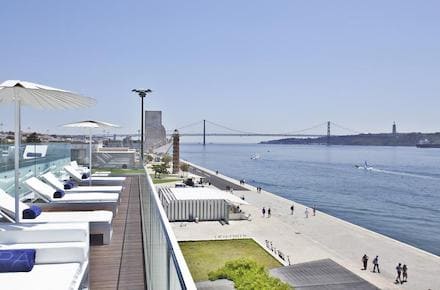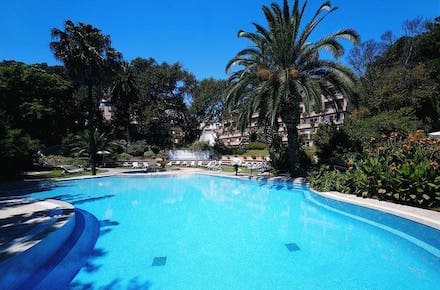Rua da Bica de Duarte Belo
Bica
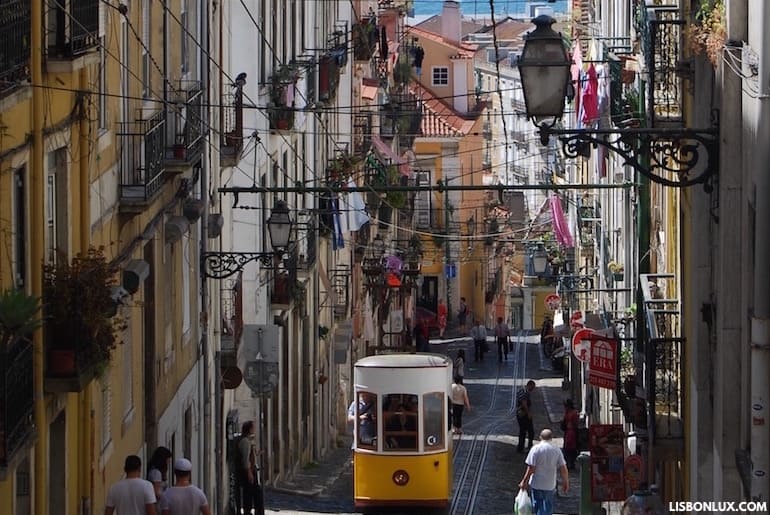
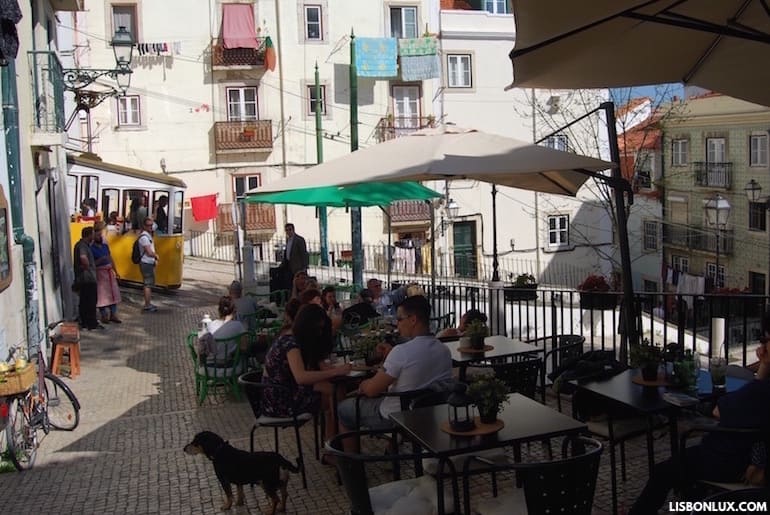
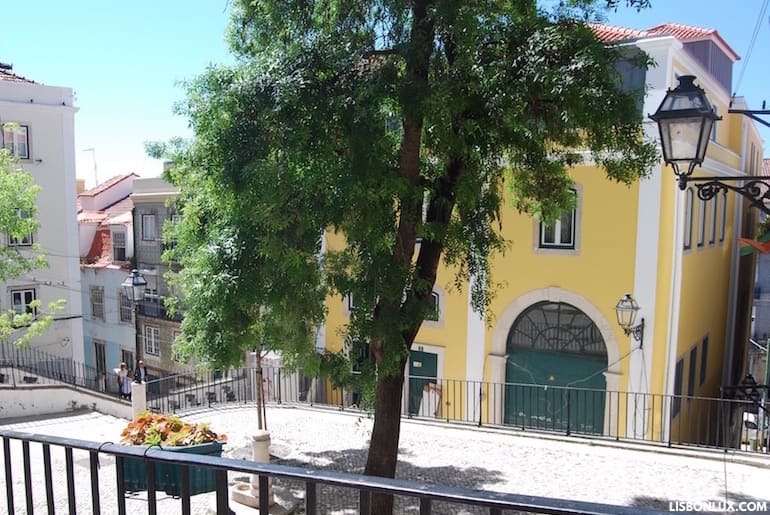
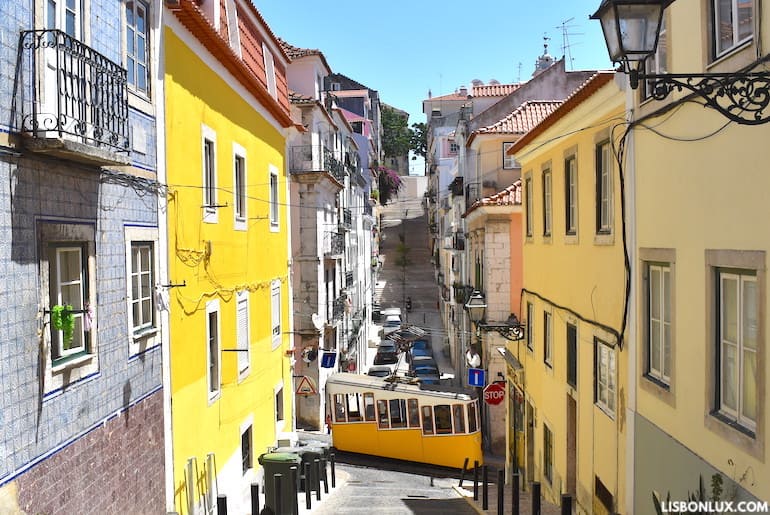
It’s perhaps Lisbon’s most photographed street, as it’s crossed by the iconic Bica funicular . Its steps date back to 1597, and like the rest of the neighborhood it was little affected by the 1755 earthquake. Today it’s known for its small bars and for its characteristic colorful buildings, ending at a small picturesque square, Largo de Santo Antoninho.
Calçada do Duque
Chiado
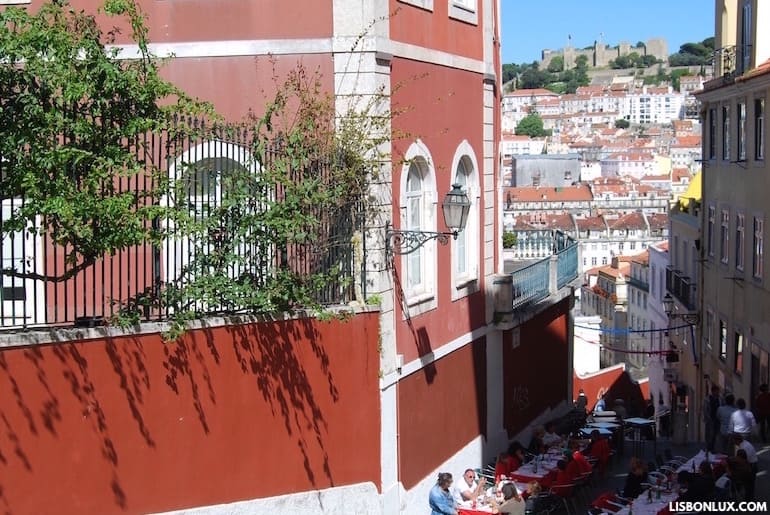
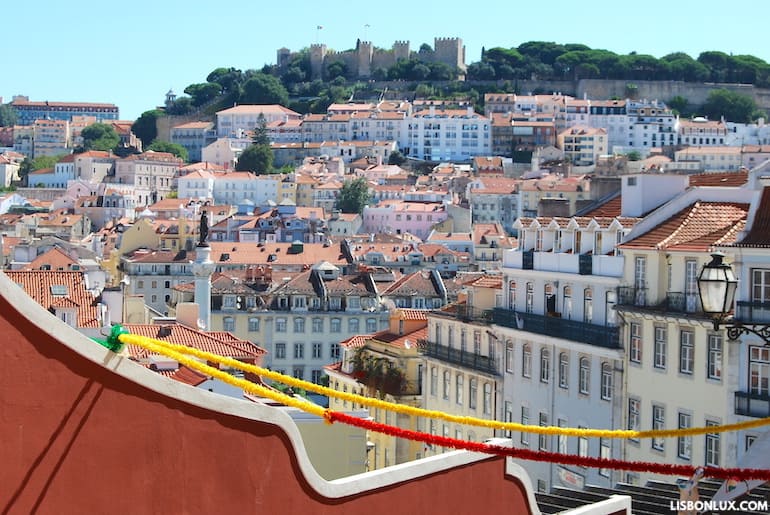
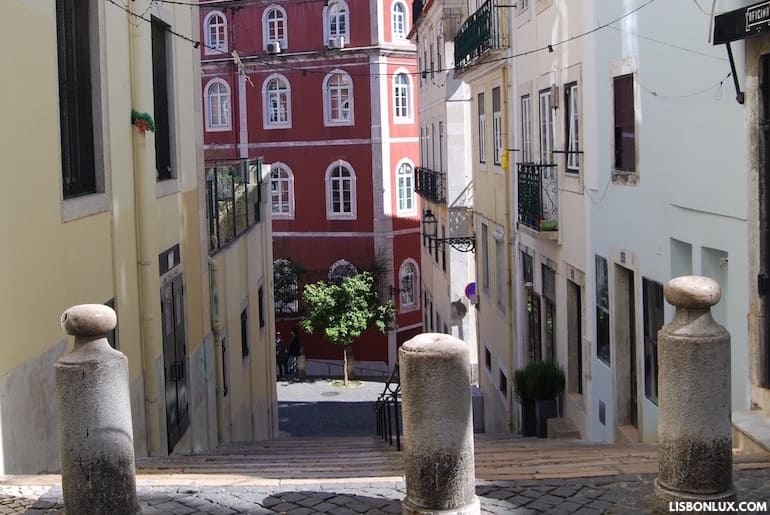
This street is essentially a flight of steps that link Bairro Alto and downtown, from Largo Trindade Coelho (home to São Roque Church ) to Rossio Station . Along the way you have a beautiful view of the castle and several restaurants.
Rua Vieira Portuense
Belém
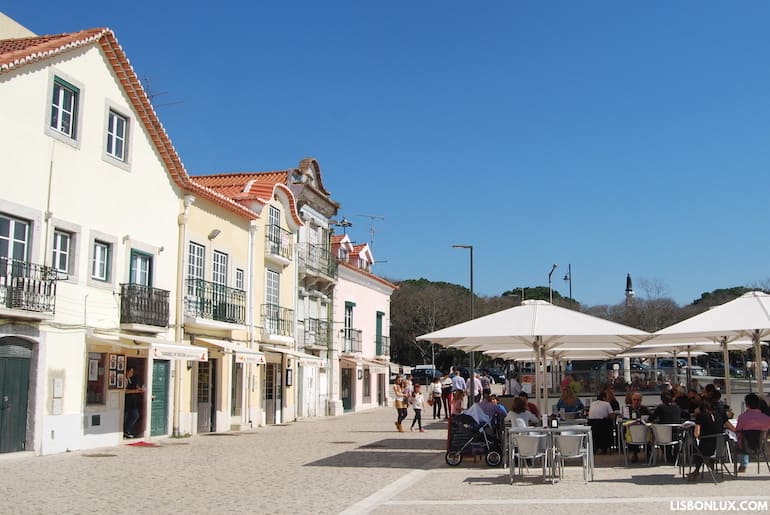
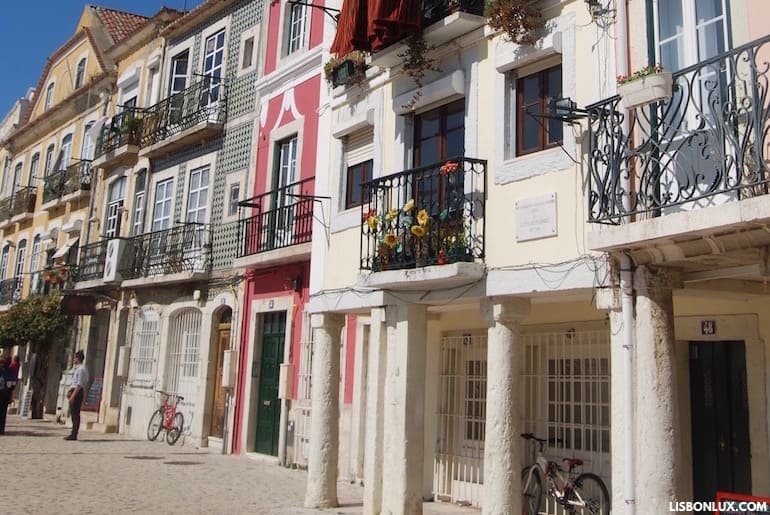
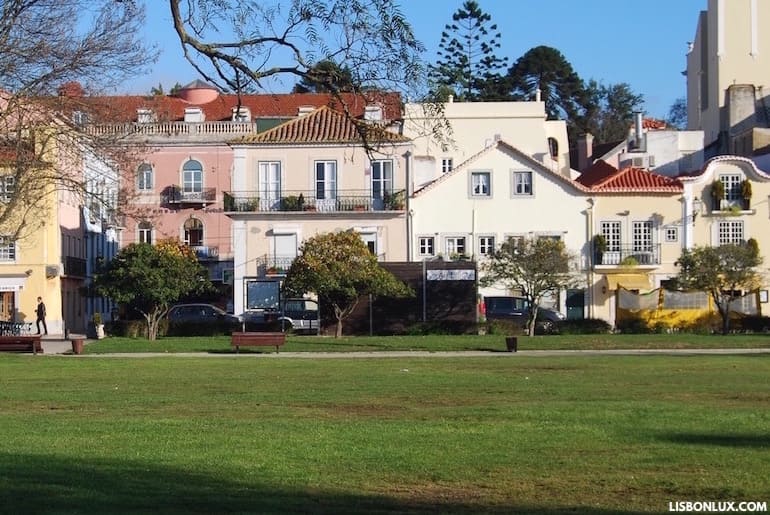
Today it faces the neighborhood park of Belém , but this street was built along the former beach. Several of the buildings, typical of pre-earthquake Lisbon (from the 1500s and 1600s), are now restaurants.
Travessa da Arrochela
São Bento
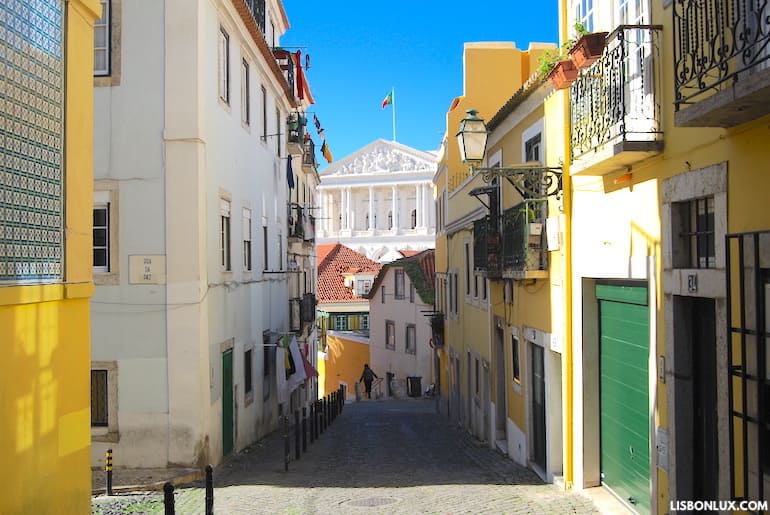
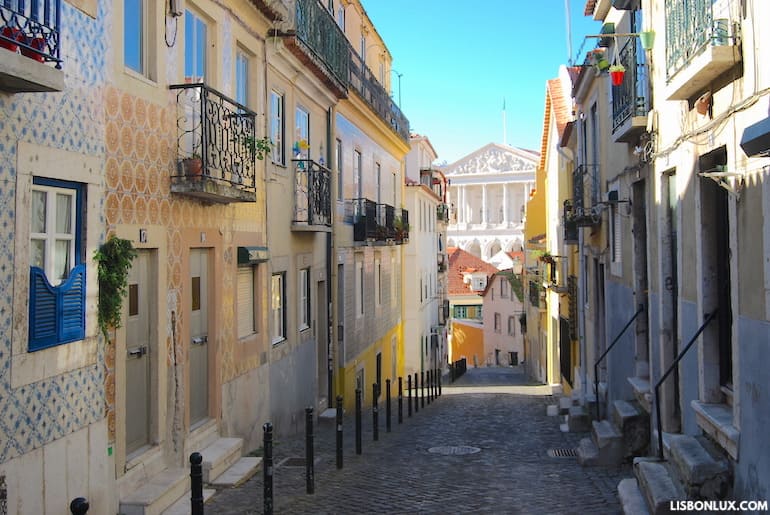
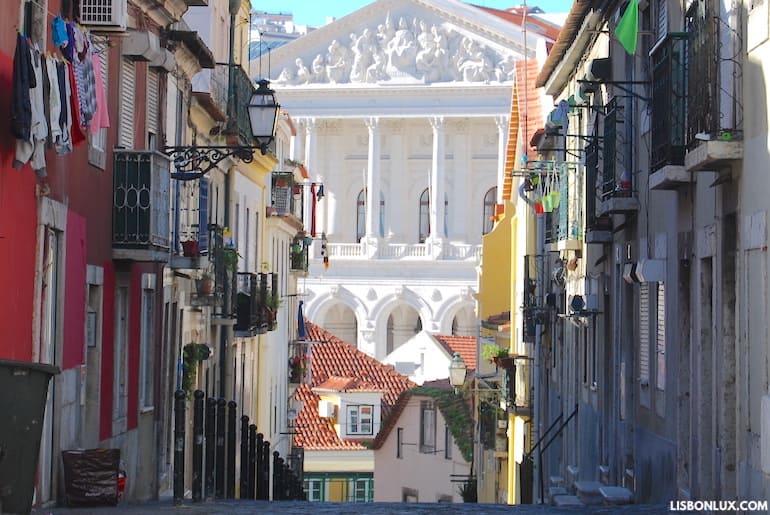
Colorful and tile-covered houses frame a view of São Bento Palace on this street. Before you get there you see the Church of Jesus and the equally-picturesque Rua do Vale.
Rua do Vale
São Bento
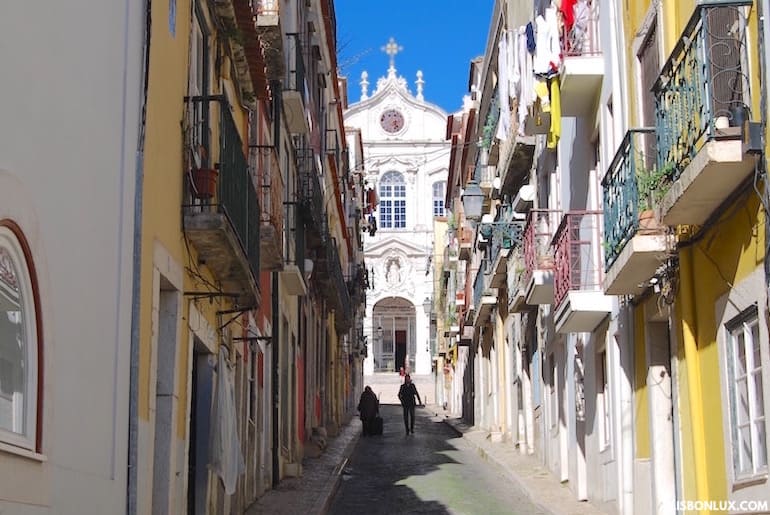
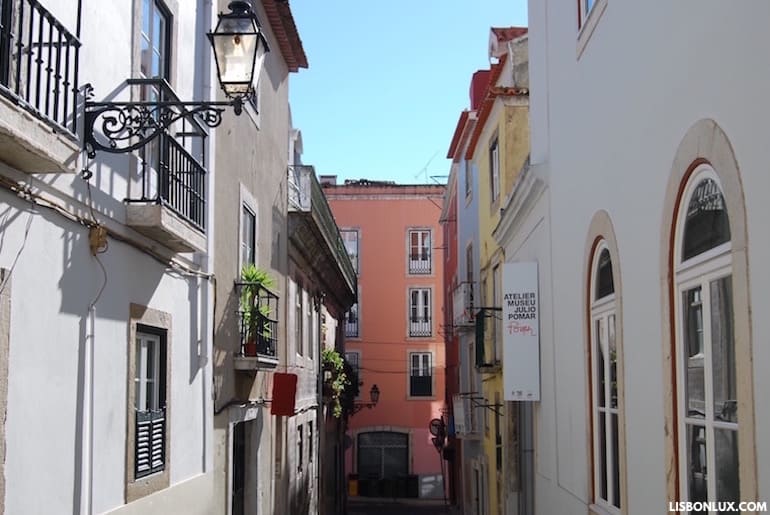
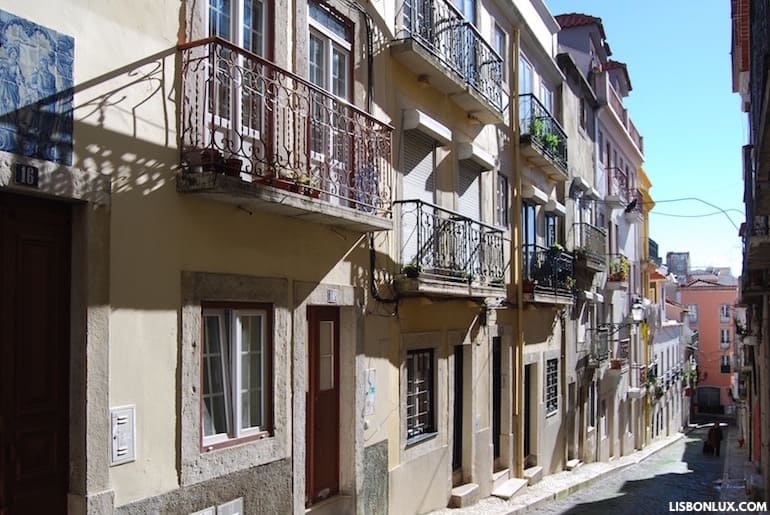
This street is on the border of the São Bento and Bairro Alto districts. It’s where you find the studio and museum of one of Portugal’s prominent 20th-century artists, Júlio Pomar, and at the end is the façade of the Church of Jesus, also known as the Church of Mercês. In between, you see potted plants, baroque tile panels and laundry out to dry.
Travessa do Paraíso
Alfama
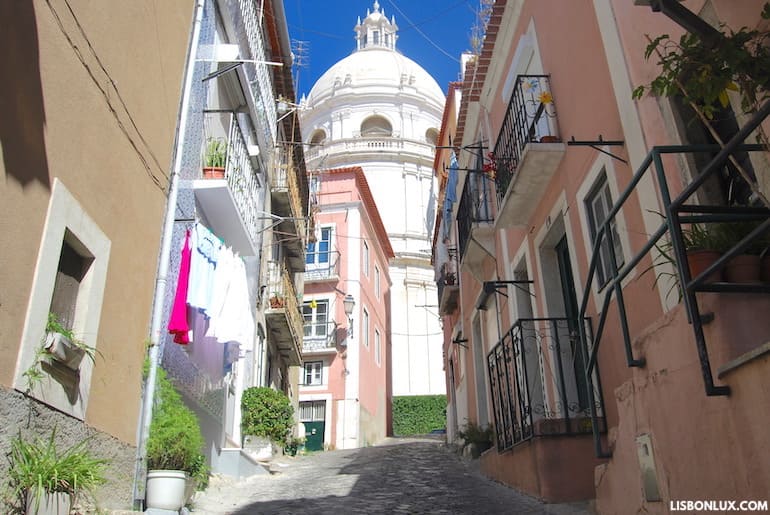
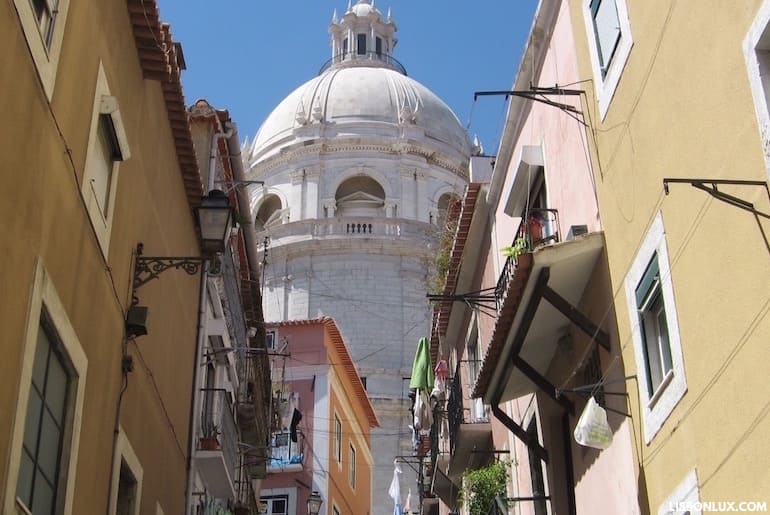
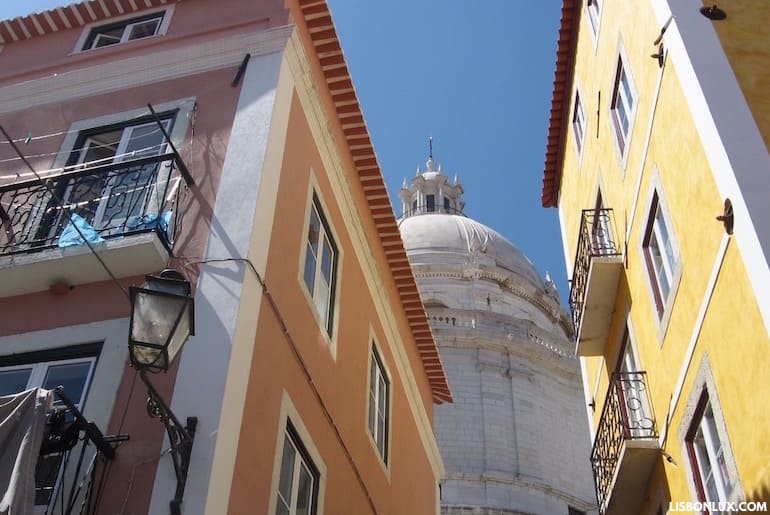
This small lane is postcard-perfect. Lisbon’s traditional colorful and tiled houses with their clotheslines frame the dome of the National Pantheon .
Rua do Sacramento à Lapa
Lapa
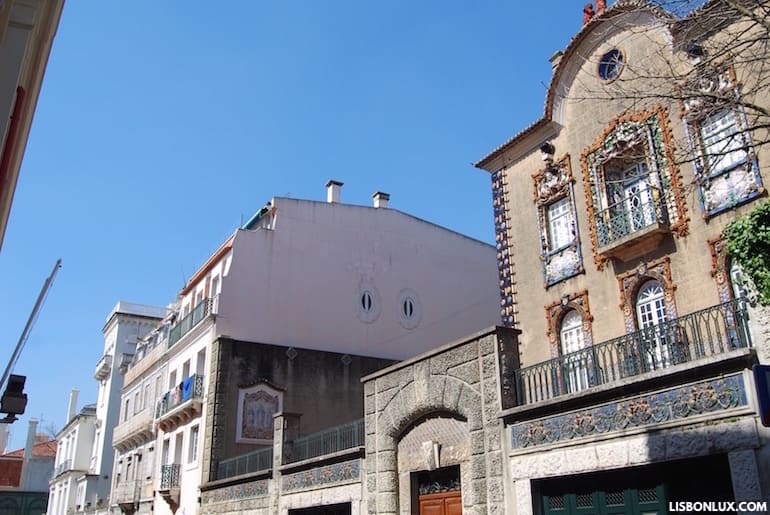
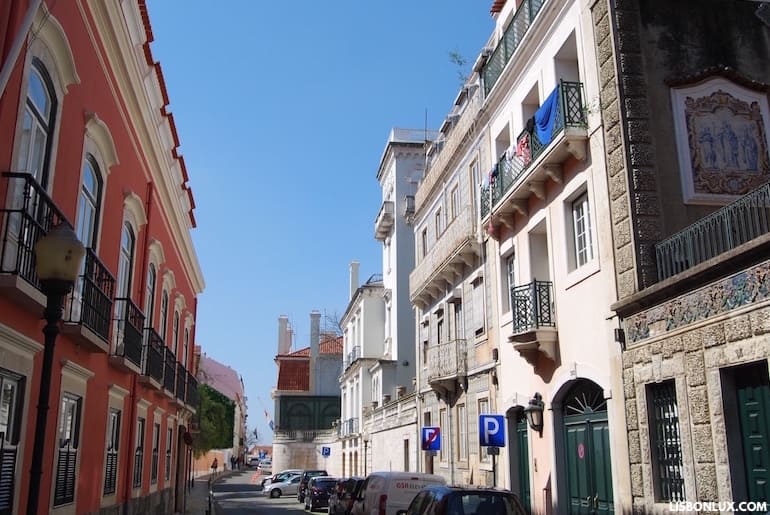
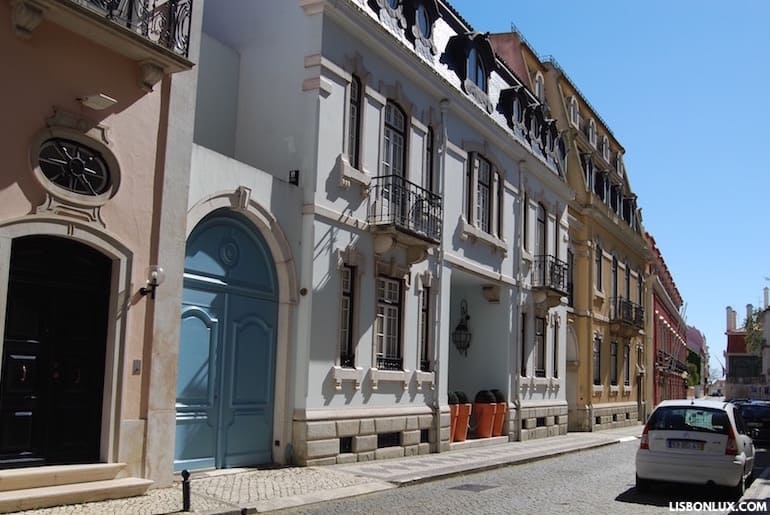
This street is where noble families built their mansions, today turned into embassies and ambassador homes. It’s one of Lisbon’s most beautiful streets, and where you find one of its most curious façades covered in tiles and ceramics. It’s a romantic palace with neo-Manueline windows from the late 1800s, which can be admired at number 24.
Calçada de Santana
Pena
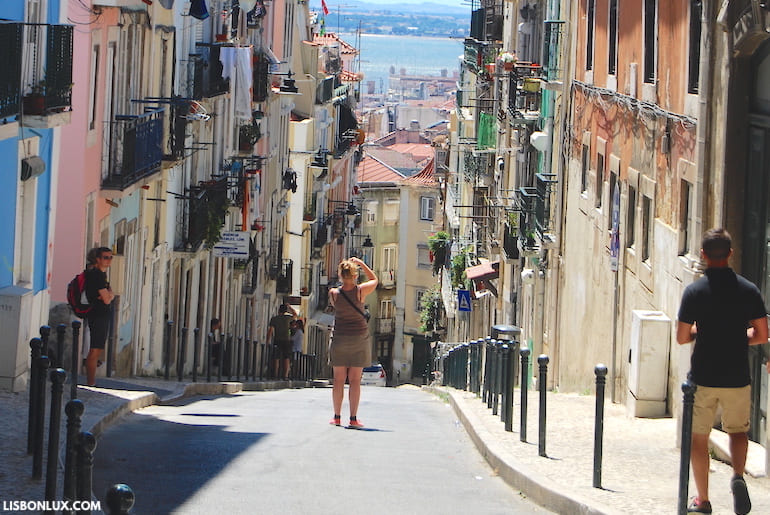
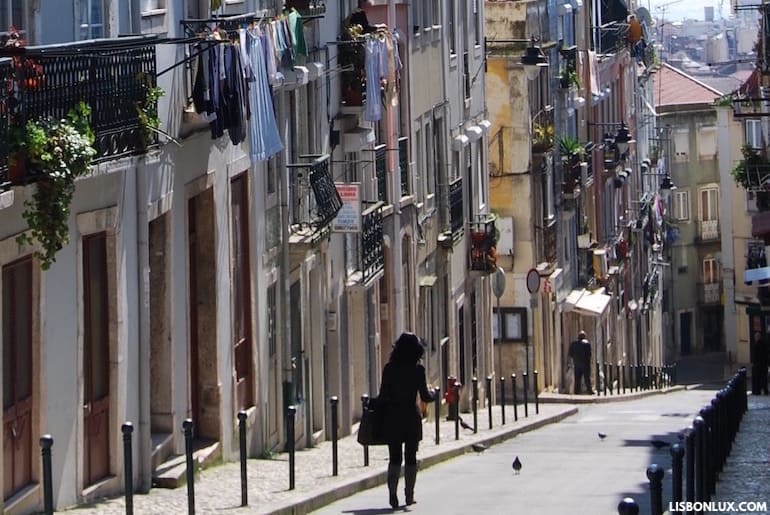
This street is not far from the Torel viewpoint and is as Lisbon as it gets. It’s a narrow, steep street, where traditional homes stand next to more stately buildings (on numbers 144, 168 and 198). It’s where poet Luis de Camões died, and when you reach number 116 and turn to Rua de Martim Vaz you see a sign indicating the birthplace of fado diva Amália Rodrigues. On this street is also one of the city’s first churches to have a gilded interior (Pena Church), and there’s always a view of the Tagus in the distance.
Rua dos Remédios
Alfama
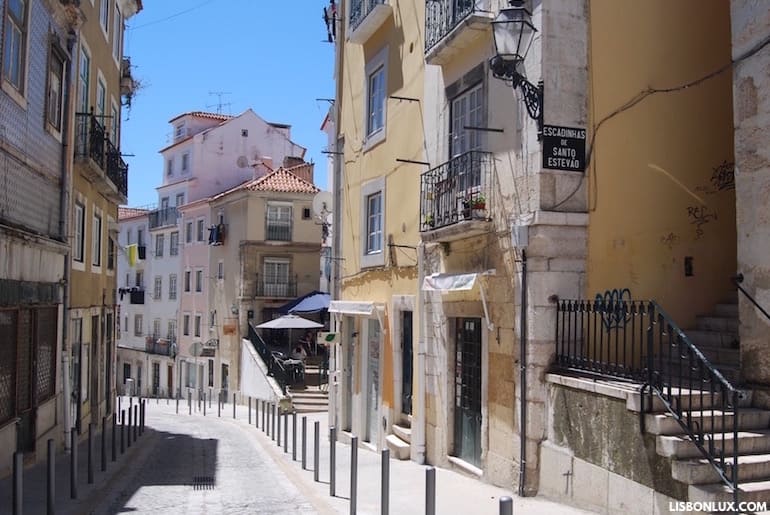
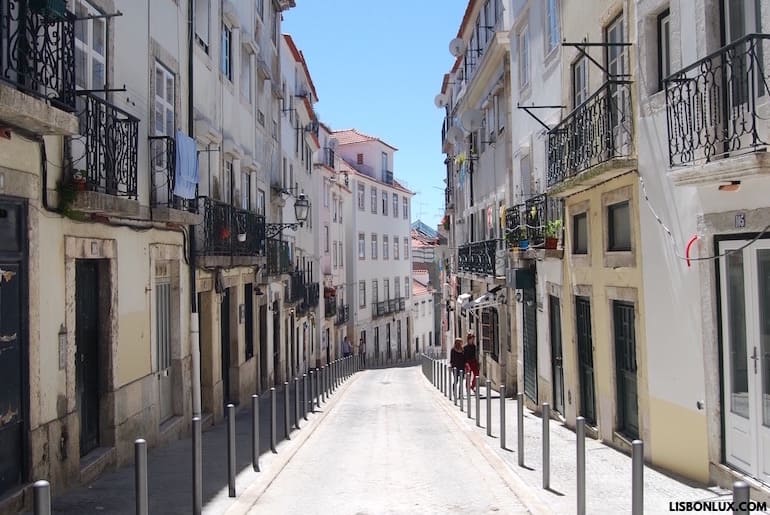
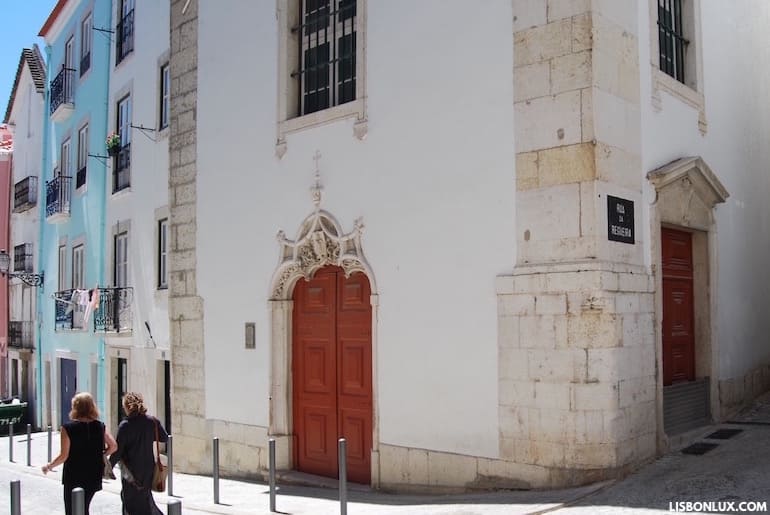
This is one of the few streets that didn’t suffer much damage in the 1755 earthquake, so you’ll still find a number of Manueline doorways, such as that of the Chapel of Remédios, one on number 39, and another by Calçadinha de Santo Estêvão. Renovation works in early 2016 banned parking, so cars gave more space to pedestrians who go looking for the traditional tapas bars and fado restaurants. Walking down the street you also see rare pre-earthquake tile panels on the façades.
Rua da Adiça
Alfama
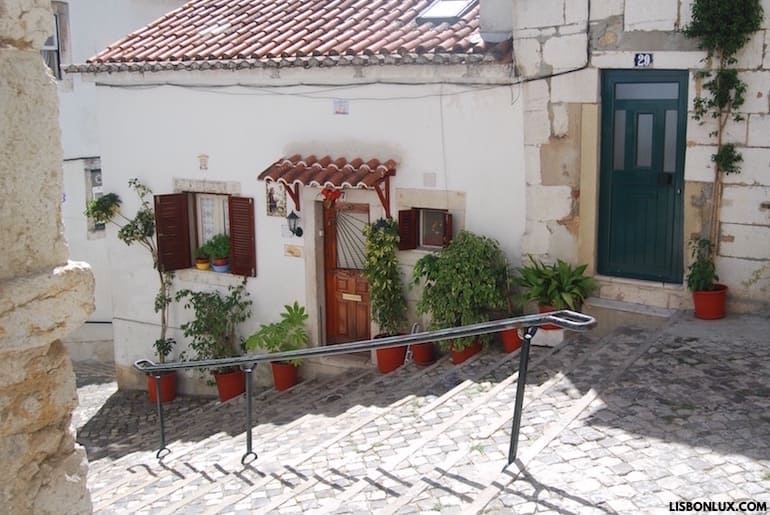
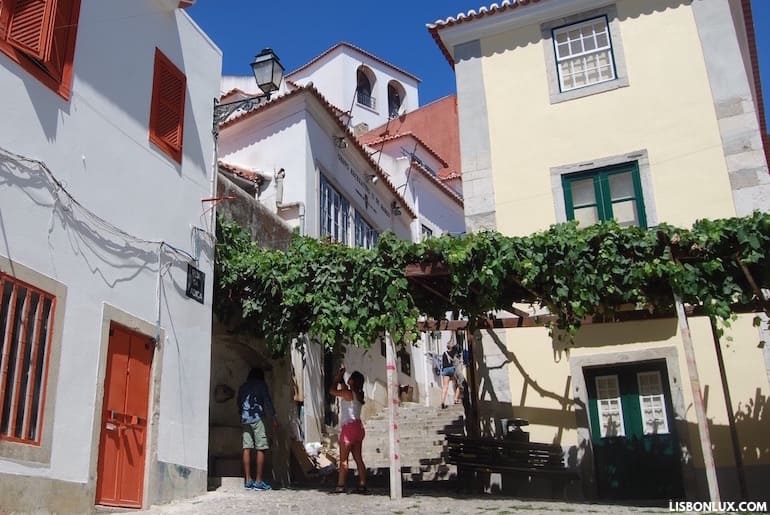
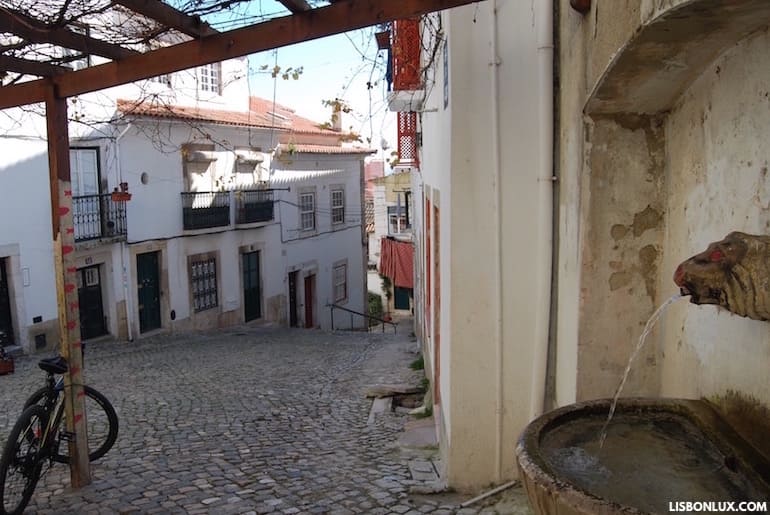
Going down Rua Norberto Araújo, next to the Portas do Sol lookout point, you reach Rua da Adiça where you feel the authentic village atmosphere of the Alfama neighborhood. Here is one of the typical fountains of the neighborhood, and picturesque homes that have been recently renovated.
